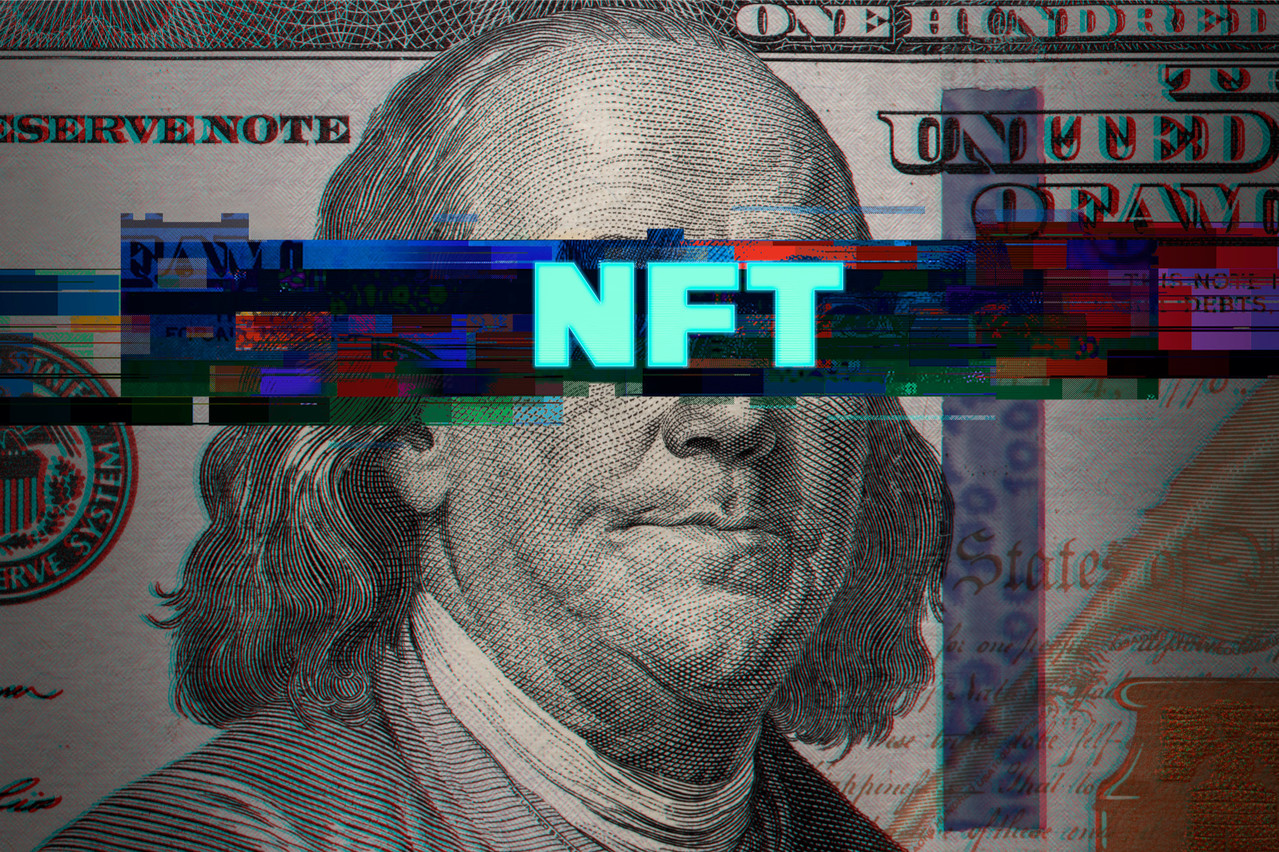The art market has come a long way since the first Art & Finance report was published in 2011. Today, it is not a question of if but how art should be integrated into an asset management offering, says Adriano Picinati di Torcello, director at Deloitte Luxembourg and global coordinator of Deloitte Art & Finance. "As more and more investors seek to diversify their portfolios in times of increased uncertainty, maturing technologies and new business models, we see art becoming even more attractive as an alternative asset class," he continues.
Among the trends of the last 18 months, it is most noticeable that art is becoming a must-have asset for professionals. 85% of wealth managers, 76% of collectors and 96% of art professionals surveyed believe that art should be part of a wealth management offering. 69% of wealth managers believe that if the art sector is to meet this need, it will have to modernise its business practices.
The old versus the new
On the issue of estate planning for art collections, 43% of wealth managers believe that their clients' estate plans take sufficient account of their art collection. This compares to 67% in 2019, when the last survey was conducted. "Family offices and collectors need to step up to the plate and engage the next generation if they are to ensure capital preservation," the report states.
While art is emotional, the financial component is becoming increasingly important. "The way collectors view their art has changed over the past decade. While they continue to collect for emotional reasons, collectors are increasingly motivated by financial considerations, viewing their art as part of their overall balance sheet," the report says, adding that outstanding art loans could reach between $24 billion and $28.2 billion in 2021, an average growth rate of 10.7%, and rise to an estimated $31.3 billion by 2022.
In the same vein, new opportunities are opening up through alternative forms of art ownership: 33% of asset managers said their clients had expressed increased interest in non-fungible tokens (NFTs), fractional ownership (29%), art investment funds (25%) and social impact investing in culture (21%). On this last point, 28% of collectors and 31% of art professionals named sustainable impact investing in the arts as the most attractive investment model. Sustainable investment is most popular among the under 35s, where 50% are most interested in socially responsible investment products in culture.
The rise of new arts technologies
The last trend noted in the report – the asset to the sector that "new art technologies" now represents – also highlights a generational gap among collectors. "From blockchain to artificial intelligence, the influence of art technology in the development of new investment models is set to increase," the study says. Younger collectors, in particular, believe that technology will be a game-changer for the art and wealth management industry over the next two to three years. 92% of them said augmented reality and virtual reality would have a significant impact, compared to just 38% of older collectors.
"We've seen a lot of movement in the art and finance ecosystem, particularly around alternative ways of dealing with art through new technologies. We can mention security tokens and unbankable art assets, which could open up new opportunities for the wealth management industry to integrate art and collectible assets into their wealth management offering," concludes Picinati di Torcello. "We also see divergent interests between generations. Younger collectors are more interested in financial returns, social impact investments and digital solutions than older collectors. Market players need to listen to the new generation, as they will shape the future of the art and wealth management industry."
This story was first published in French on . It has been translated and edited for Delano.
